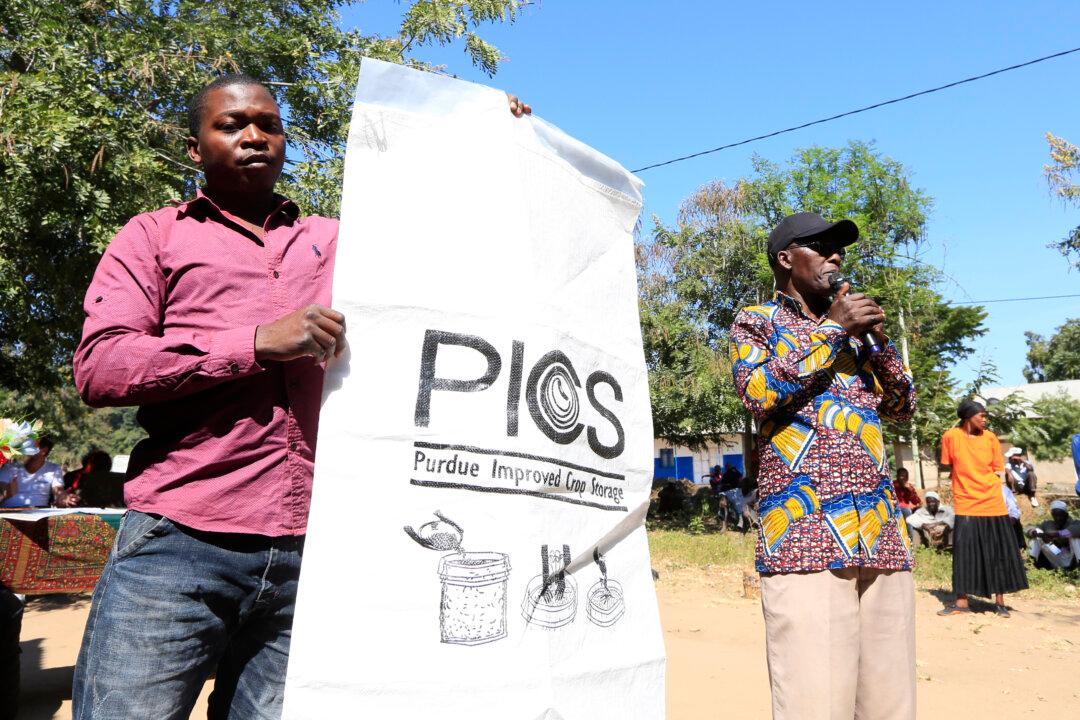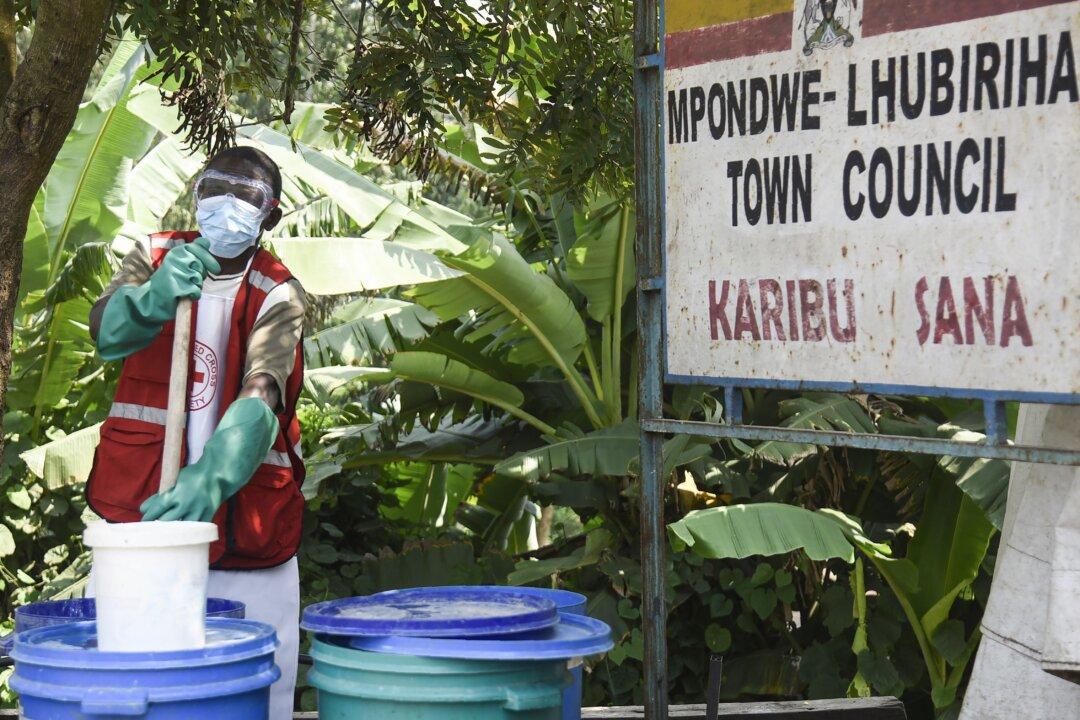KONDOA, Tanzania—Sixty-year-old Mwanahamisi Selemani is a farmer in Mnenia village, Kondoa district, in central Tanzania. She cultivates maize on a five-acre piece of land.
“It gives around 20 sacks, but last year I only planted three acres and harvested seven bags of maize,” said Selemani, a mother of three grown children.




